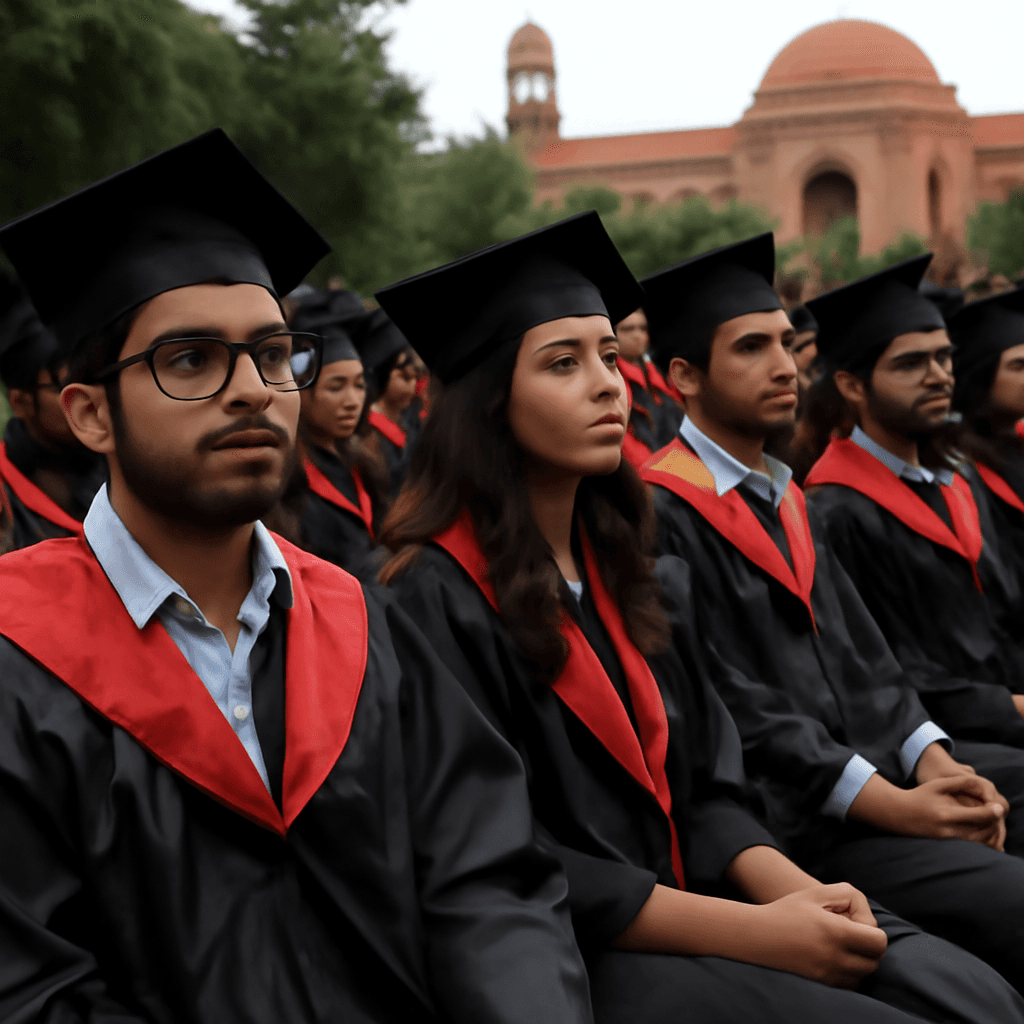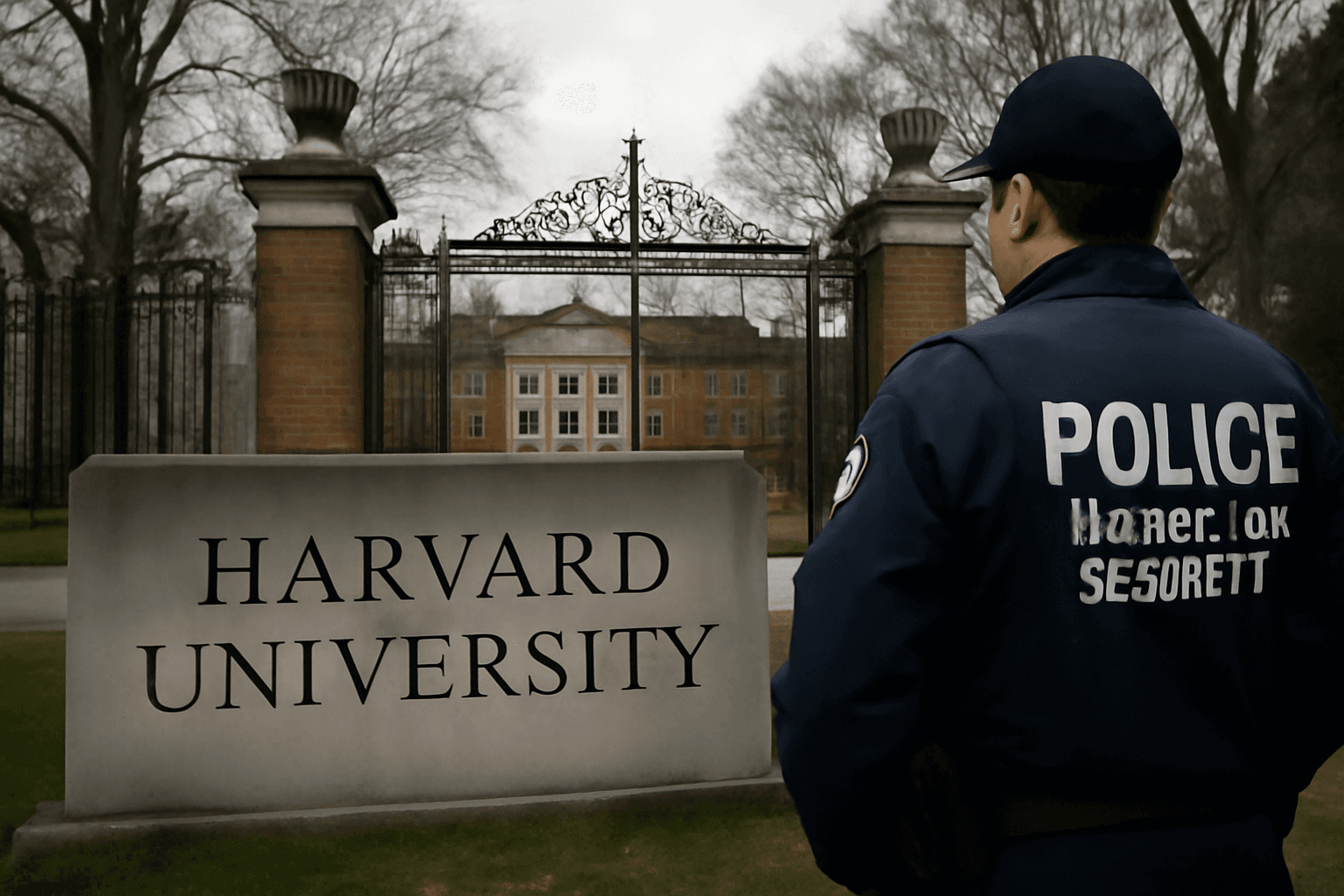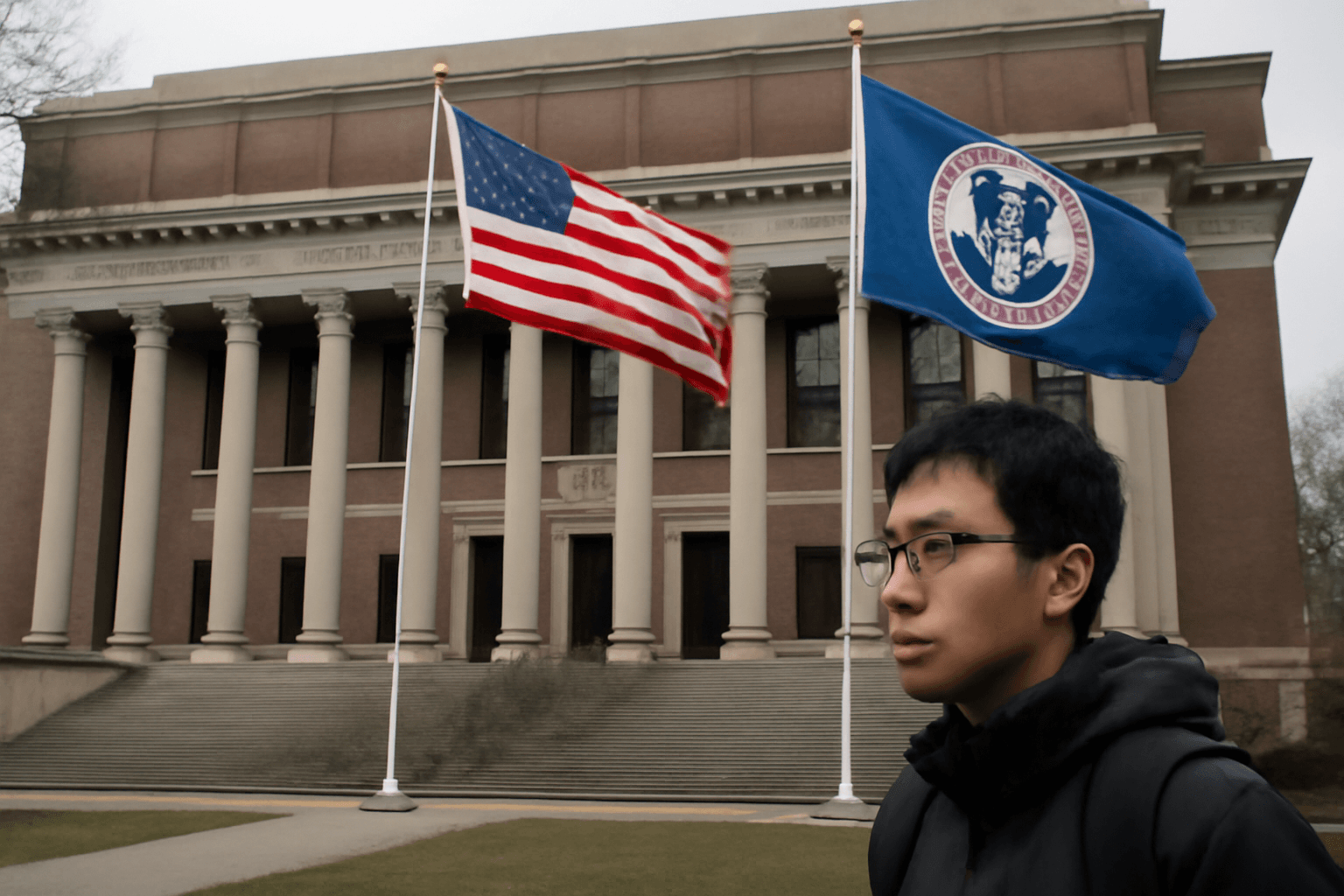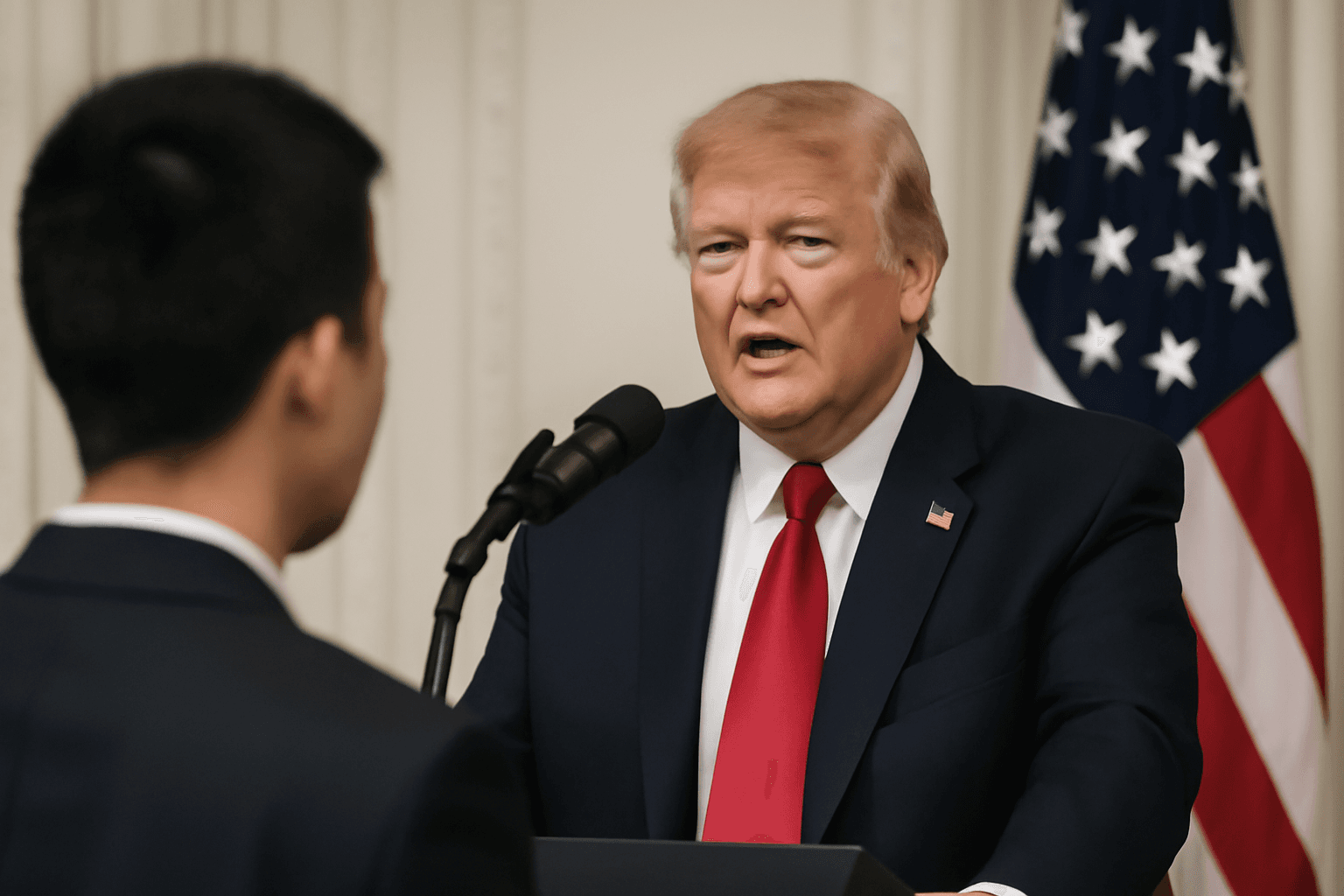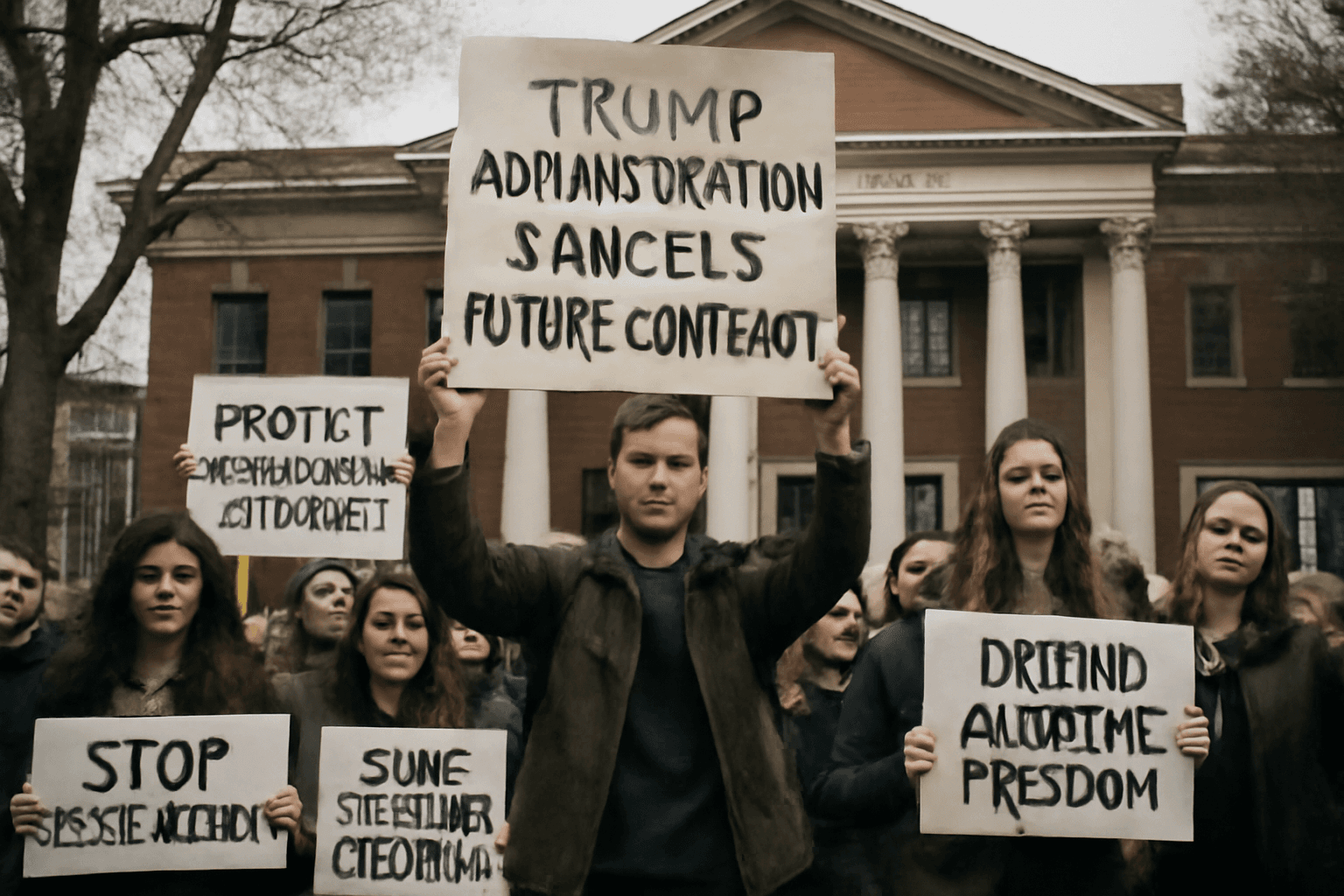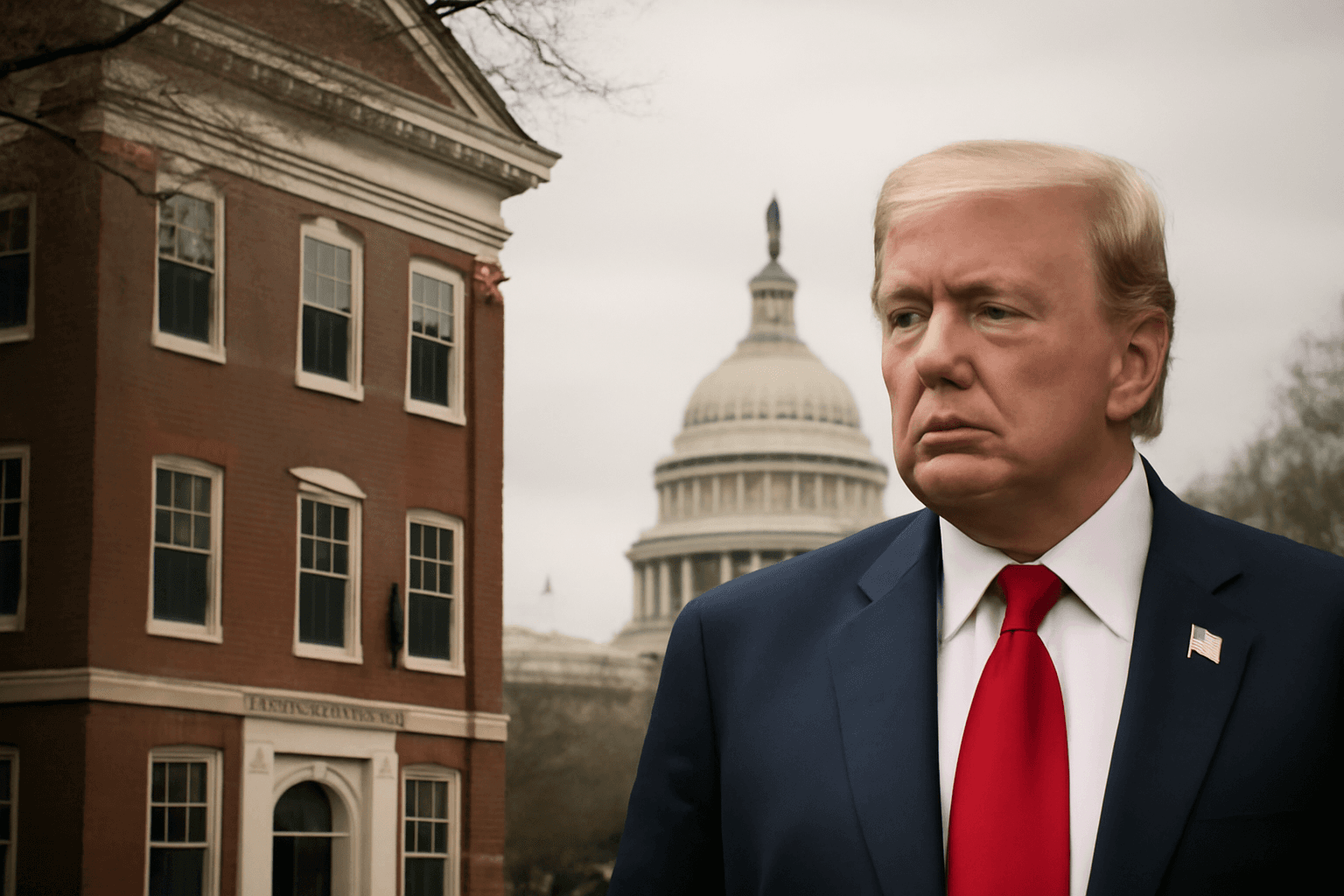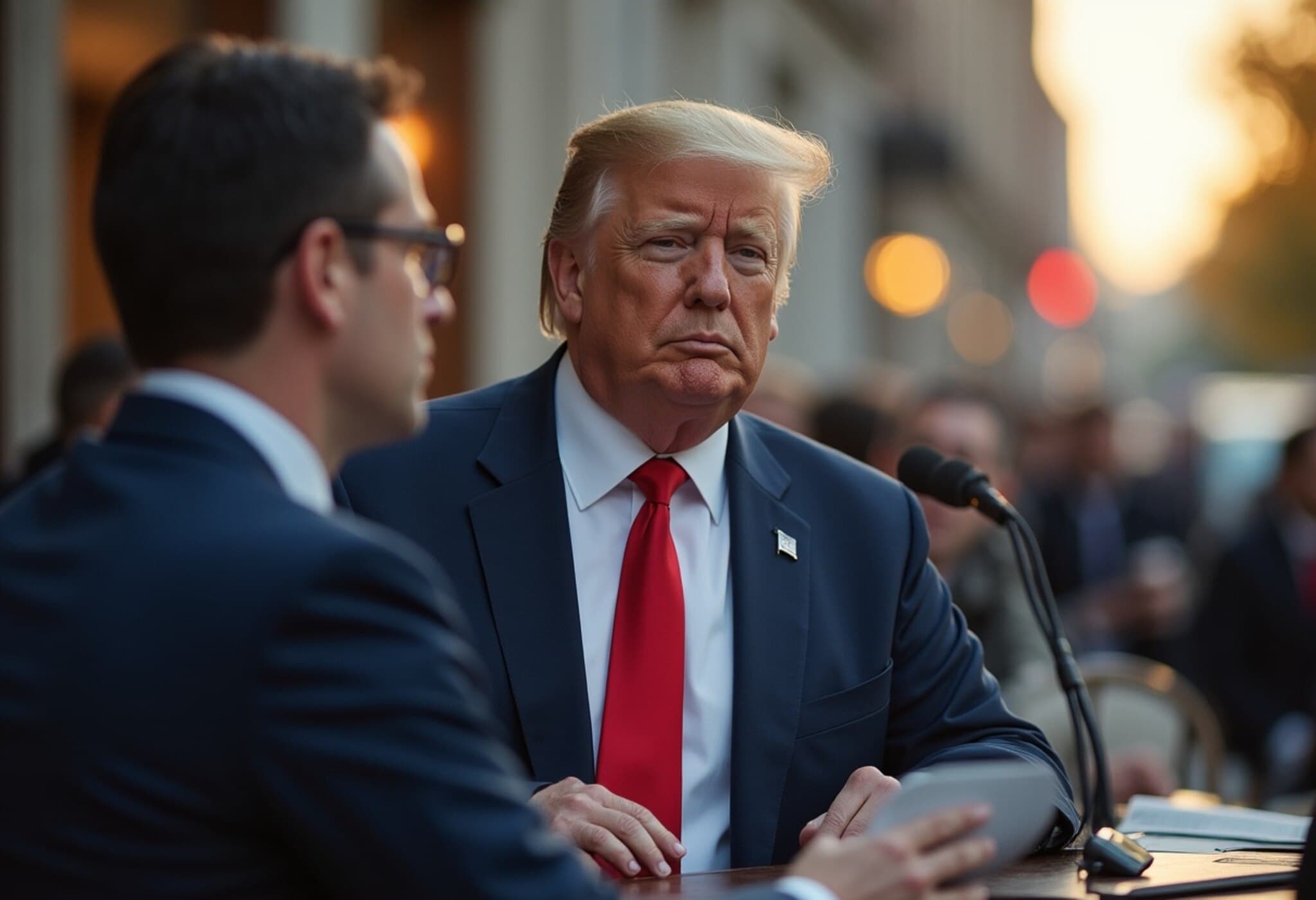Trump’s Campus Policies Open Door for India’s Higher Education Growth
As the U.S. implements stricter immigration policies under Donald Trump’s administration, India is emerging as a potential global education hub. Experts highlight that India, home to nearly half of the world’s college-age population, could leverage this opportunity to develop its higher education system to rival global powerhouses.
India’s Educational Strengths and Challenges
India boasts highly competitive admissions at its premier institutions, with acceptance rates as low as 0.2%, considerably more selective than many Ivy League universities which accept between 3% and 9% of applicants. Advantages such as widespread English proficiency, a culture that prioritizes academic ambition, and a vast young demographic further position India favorably.
However, challenges persist. India’s universities are yet to break into the global top 100 rankings amid concerns about limited public investment and restricted academic freedom. Public colleges often operate under government oversight that governs curricula and faculty appointments, with bureaucratic hurdles for international collaboration and travel.
China’s Established Leadership and Strategies
China currently leads in the global higher education arena in Asia, with multiple universities consistently ranked among the world’s best for science and technology. The country has aggressively invested in research and development, ranking second worldwide after the United States in R&D expenditure. Additionally, China has implemented extensive scholar recruitment programs offering substantial financial incentives and benefits to attract talent back from abroad.
Recent U.S. policies targeting Chinese students in sensitive fields have been met by Chinese universities streamlining admissions processes and welcoming displaced researchers, intensifying competition for international academic talent.
Funding and Intellectual Freedom: Key Differentiators
India's education spending has hovered between 4.1% and 4.6% of GDP over the past decade, comparable in percentage to China but less impactful due to its significantly lower GDP per capita—around one-fifth that of China. This funding gap limits India’s ability to match China’s financial incentives for researchers and infrastructure investments.
Furthermore, academic freedom faces constraints in India. Government-mandated syllabi, tight control over faculty appointments, and stringent approvals for collaborative efforts hamper the development of a dynamic educational environment.
Private Universities: India’s Path to Competing Globally
A promising avenue for India lies in its expanding private university sector. Where two decades ago fewer than 20 private universities operated, now over 400 exist, representing approximately 25% of total enrollments. Many enjoy backing from leading industrial groups and feature modern campuses and faculty from across the globe.
Private institutions benefit from greater autonomy, facing less political interference and restrictive mandates, allowing them to attract top academic talent and rapidly adapt to international educational trends. This flexibility could propel them beyond the limitations of public universities and position India to develop its own elite league of higher education.
Conclusion: Seizing the Moment to Shape Global Education
If India’s government can effectively support and expand the private higher education sector without stifling its independence, the country has a unique window to establish a globally competitive university system. This could transform India into a serious contender on the world’s academic stage, capitalizing on shifting geopolitical dynamics and demographic strengths.

